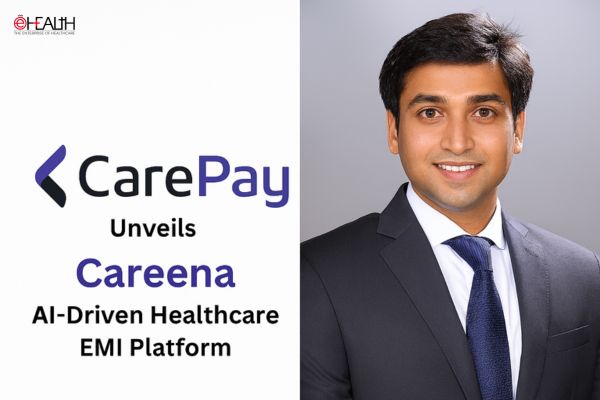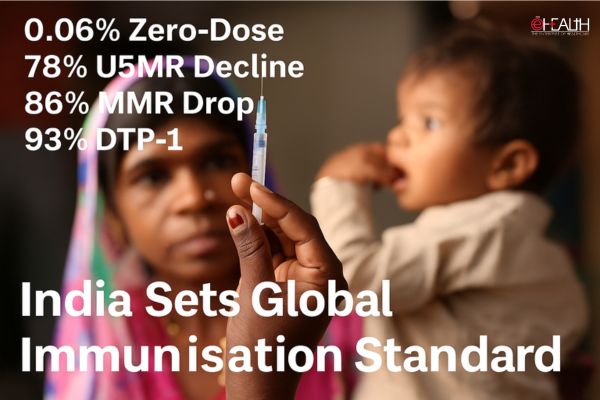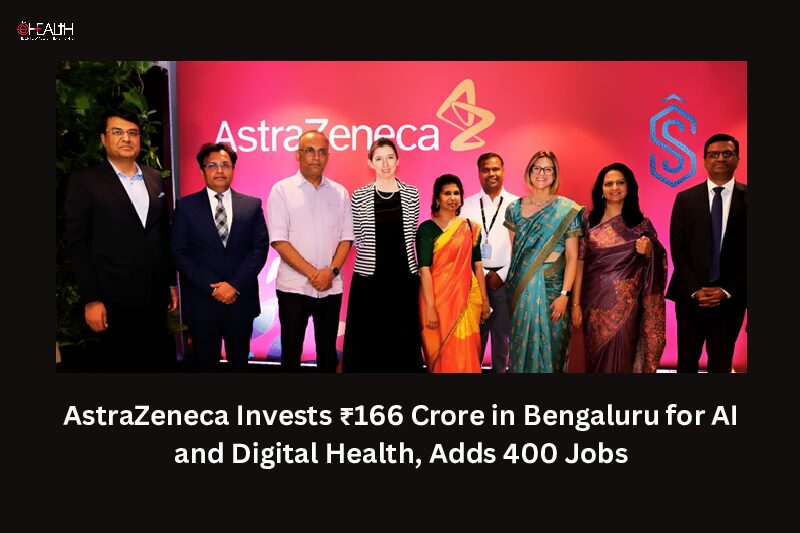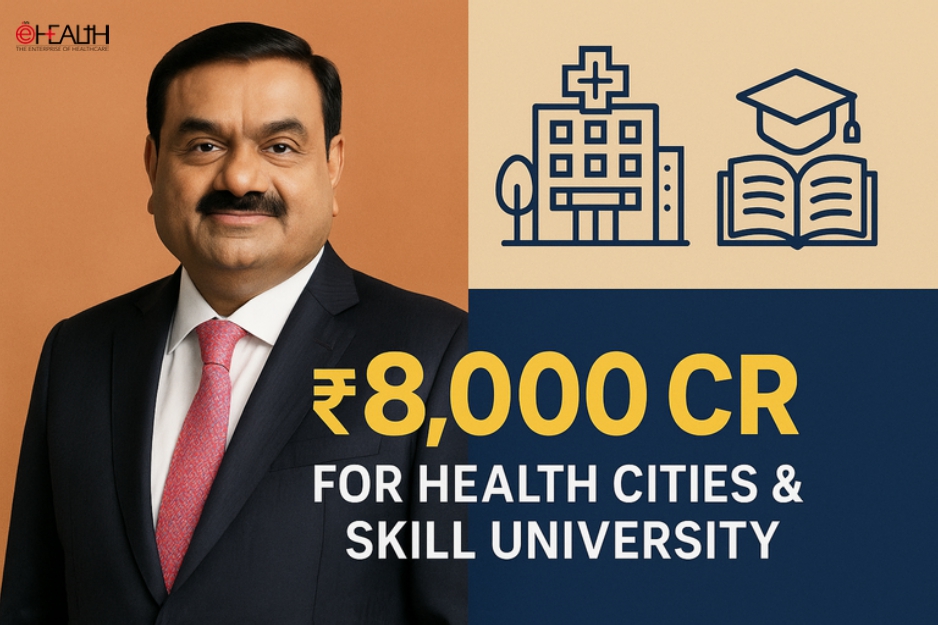
According to a source, Narendra Modi government aims to move toward a new healthcare regime in which primary care will be offered free to all through public facilities. Aside from this, an assorted list of secondary and tertiary services will be bought by the government, mainly from public healthcare facilities and to a limited extent from private players, according to the health ministry’s proposal.

A large chunk of this plan is proposed to be funded through taxes, at least for 70% of the economically weaker sections, according to a new health policy draft unveiled on Wednesday. People with a per capita monthly consumption expenditure of less than Rs 1,640 in rural areas and Rs 2,500 in urban areas at current prices will qualify for such assistance to start with.

The draft policy also makes the case forcefully for more than doubling public spending on health to at least 2.5% of GDP. “The document has clearly spelt out that, of the sum, the Centre is committed to spending close to 40%, and this is commendable,” said Sakthivel Selvaraj, health economist at Public Health Foundation of India. India’s current level of public spending on health, inclusive of what the Centre and states invest, is about 1% of GDP and among the lowest globally. Making clear that the plan involves a tax-based financing mechanism is also laudable, Selvaraj said.

“Every family would have a health card that links them to a primary care facility and be eligible for this package of services,” according to the new health policy draft. It seeks to broaden the definition of primary healthcare by including many more services related to reproductive and child health, communicable diseases and non-communicable diseases. “Till now primary care has been very selective, covering less than 20% of primary healthcare needs,” it said.

Lakhs of accredited social health activists, better known as ASHA workers, will drive enrolment of families with the public primary healthcare centres, apart from following up on much of the basic healthcare prescribed. For secondary and tertiary healthcare, the government aims to act as a single payer and “strategic purchaser” of services. Among private facilities it would seek out under the proposed regime, “not-for-profit” ventures will be preferred.
Public hospitals shouldn’t be seen as social enterprises doling out free healthcare but should be reimagined “as part of a tax-financed, single-payer healthcare system” that delivers “cost-efficient prepaid care (like in commercial insurance)”, the document said. The policy envisages the creation of agencies similar to trusts that would be entrusted with buying services.
Some of the grey areas need to be made clearer, Selvaraj said. “The role of private insurance firms in this ecosystem is not spelt out clearly and how exactly these schemes would be implemented also needs more clarity,” he said. Globally, the efficient delivery of healthcare has always involved the private sector partnering the government, said Vishal Bali, former CEO of Fortis Healthcare and chairman Medwell Ventures, a home healthcare service provider.
“In India, most of the capacity in the healthcare space has been created in the private sector in last two-three decades. The policy direction seems to be right as far as proposing that the government should buy healthcare services from private players,” he said. But creating viable price points for such services to be purchased is also equally important for uninterrupted services and this is where most government-run healthcare plans have struggled, Bali added.
Be a part of Elets Collaborative Initiatives. Join Us for Upcoming Events and explore business opportunities. Like us on Facebook , connect with us on LinkedIn and follow us on Twitter , Instagram.
"Exciting news! Elets technomedia is now on WhatsApp Channels Subscribe today by clicking the link and stay updated with the latest insights!" Click here!

















